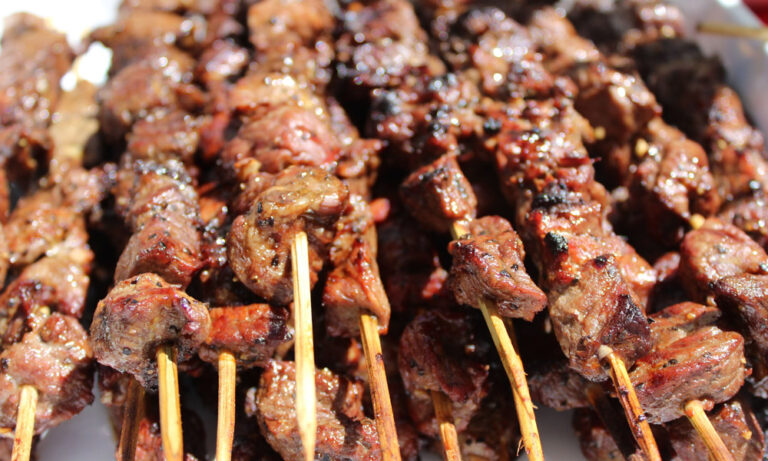Introduction: Kenyan Eating Culture
Kenya has a rich and diverse food culture, influenced by its geographical and cultural diversity. Kenyan cuisine is a blend of indigenous African, Indian, and European culinary traditions. Food plays a significant role in Kenyan social and cultural life, and communal dining and sharing are integral components of the country’s eating culture.
The Significance of Communal Dining
In Kenya, communal dining is a way of life. Eating together symbolizes unity and strengthens the bonds between individuals and communities. It is a way of showing hospitality and respect for others. Communal dining is also a way of sharing the workload, especially during important events such as weddings, funerals, and harvest ceremonies. In such events, food is prepared in large quantities, and everyone contributes to the preparation and sharing of the food.
The Role of Family and Community
In Kenyan eating culture, the family is the center of social and cultural life. Eating together is a way of strengthening family bonds. Parents ensure that their children eat together, and meals are shared among family members. The community also plays a vital role in Kenyan eating culture, where neighbors share food, especially during times of scarcity or hardship. The community also helps in the preparation of food during ceremonies and events.
Sharing Food: A Symbol of Unity
Sharing food is a way of showing respect and solidarity among Kenyans. It is a way of acknowledging that everyone deserves to eat. Sharing food is also a way of showing generosity and hospitality towards others. In Kenyan culture, sharing food is not limited to family and friends but also extends to strangers, reflecting the country’s spirit of communalism.
Traditional Kenyan Food and its Preparation
Kenyan cuisine is diverse and varies by region. Traditional Kenyan food includes ugali (a maize meal-based dish), sukuma wiki (a vegetable dish), and nyama choma (roasted meat). The preparation of food is often done communally, with everyone taking part in the process, from cooking to serving.
Challenges to Communal Dining and Sharing
The modernization of Kenyan society has brought about changes in eating habits. The fast-paced lifestyle and individualism have led to a decline in communal dining and sharing. In urban areas, people eat alone or with their families, with little interaction with their neighbors. Moreover, the rise of fast food chains has contributed to the decline in traditional cooking and eating habits. However, efforts are being made to revive and promote communal dining and sharing, with some restaurants specializing in traditional Kenyan cuisine and communal dining experiences.

